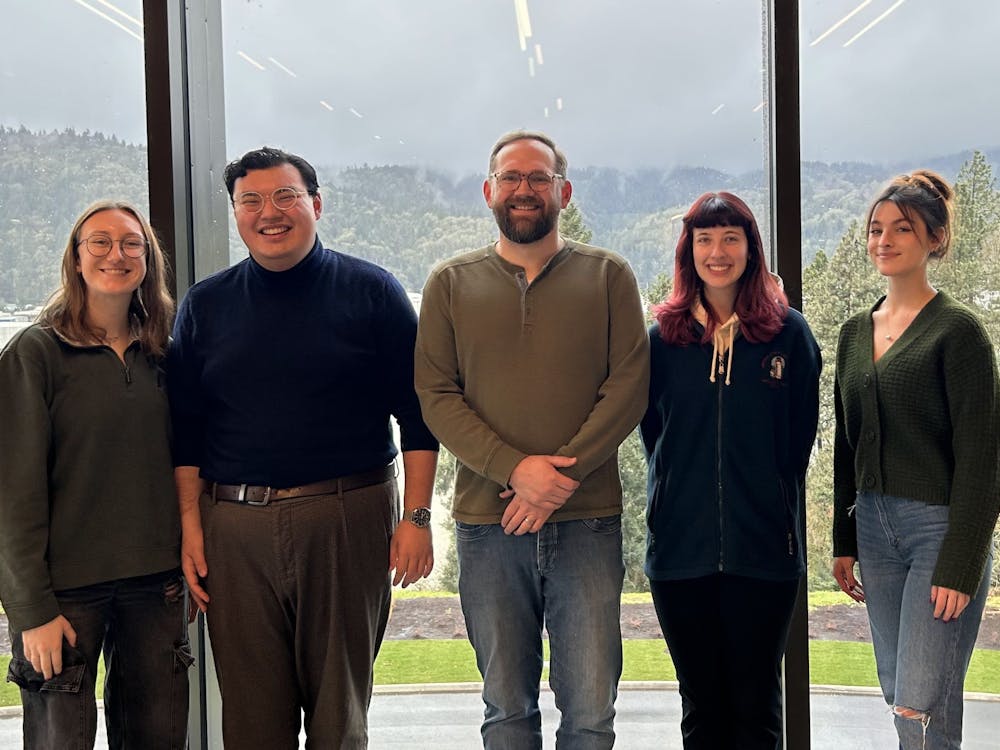When a group of school-spirited, well-meaning Villa Maria Drum Squad students cheered at the basketball game against BYU last Thursday, donning sombreros and shaking maracas, yelling both an inspirational Spanish phrase and a Spanish curse word, they had good intentions.
The Villa men did not intend to mock Mexican culture by misusing symbols, phrases and paraphernalia that are important to its tradition.
They did not intend to make UP students who identified with this culture to feel as though it was being thrown in their face.
But despite their good intentions, they did.
Juniors Yuri Hernandez and Jaclyn Sisto were offended and hurt by the Drum Squad’s display and confronted the students involved. They were met with profanity and had the Mexican flag thrown in their faces.
Some students, like the one who threw that flag, may insist that the display wasn’t offensive – perhaps they might say it was even celebratory.
What these students don’t acknowledge is that it’s not their right to decide whether the incident was offensive. It is for each person who identifies with a certain group to define for themselves what respects or disrespects their culture.
And no matter how good the intentions, the impact remains the same.
“Instantly I just felt disgusted, hurt, and I just really couldn’t believe what I was seeing,” Hernandez said.
Students may not always realize when they say or do something offensive or culturally insensitive. What they should know is how to react when their actions hurt someone. They must own their actions and try to learn something as they move forward.
The truth is, the incident at the BYU game was not isolated. The culture at UP is not one where students of all different minority groups feel safe and welcome.
“The culture on campus is not safe and is not inclusive for everyone,” Sisto said. “It’s too big of an issue not to make it an issue here on campus for everyone – not just minorities, not just Latinas – everyone, across the board.”
Yes, many of the incidents that hurt and offend people belonging to minority or disempowered groups are unintentional. But the administration, and especially the student community can do something intentional to start changing that.
“I think people have this sense of ‘We just added sexual orientation to our Nondiscrimination Policy. We’re good. We don’t have to fight for equality for the next 10 years,’” Sisto said. “I’m just tired of it. I’m tired of our campus being afraid of talking about the pressing issues. I’m tired of people being scared to talk about things. I want there to be dialogue. I want there to be systemic change.”
The first step toward creating change is acknowledging there is a problem with inclusion on this campus. We encourage you to read through the commentaries on the following page from students sharing their experiences of cultural insensitivity on campus. Be humble, take their words to heart and work toward change.








